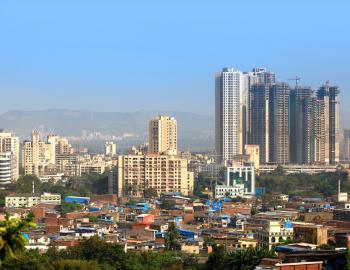INSIDE STORY: Climate compatible development at the regional level in Mexico - The Yucatan Peninsula Accord
INSIDE STORY: Climate compatible development at the regional level in Mexico - The Yucatan Peninsula Accord
The Yucatan Peninsula is home to one of the largest indigenous populations in Mexico and comprises the south-eastern states of Campeche, Quintana Roo and Yucatan. Despite the presence of one of the most important rainforests in Central America, the Yucatan Peninsula is mainly composed of limestone, rendering its soil unsuitable for agriculture. Instead, the Peninsula’s economy relies on coast-dependant sectors such as tourism and the development of oil and gas reservoirs.
The impacts of climate change, including sea-level rise, threaten to reverse socio-economic gains from these sectors. To address these concerns, in December 2010, the Mexican states of Campeche, Quintana Roo and Yucatan signed the Yucatan Peninsula Accord, Mexico’s first climate accord at the sub-national level. The Accord addresses economic, social and environmental vulnerabilities to climate change in a coastal region where rural communities are highly susceptible to these effects. This Inside Story, Climate compatible development at the regional level in Mexico - The Yucatan Peninsula Accord, describes the work in greater detail.



